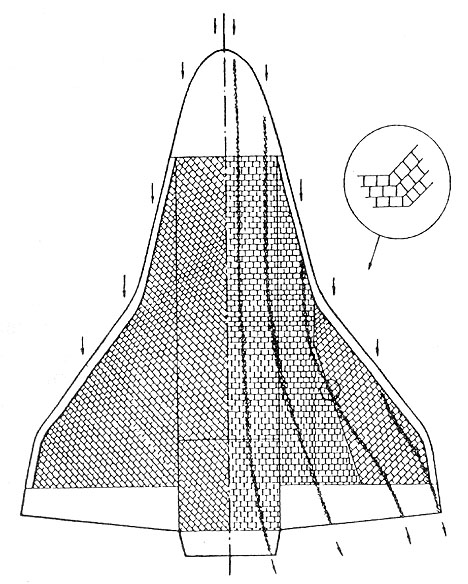Like title say:
The STS:
Four - six Booster with one F-1A engine
Core stage like OTL
Orbiter like OTL but no SSME it got five J-2S
The Engines are reused ten times
The Rocket could launch also Unmanned large Cargo pods like Energia Rocket
On reusability the Boosters could land with parachute and airbags in atlantic ocean
Or have swinging out wings and land on runway at KSC.
it's feasible concept, but how convince NASA & politics to build this in 1970s ?
The STS:
Four - six Booster with one F-1A engine
Core stage like OTL
Orbiter like OTL but no SSME it got five J-2S
The Engines are reused ten times
The Rocket could launch also Unmanned large Cargo pods like Energia Rocket
On reusability the Boosters could land with parachute and airbags in atlantic ocean
Or have swinging out wings and land on runway at KSC.
it's feasible concept, but how convince NASA & politics to build this in 1970s ?

